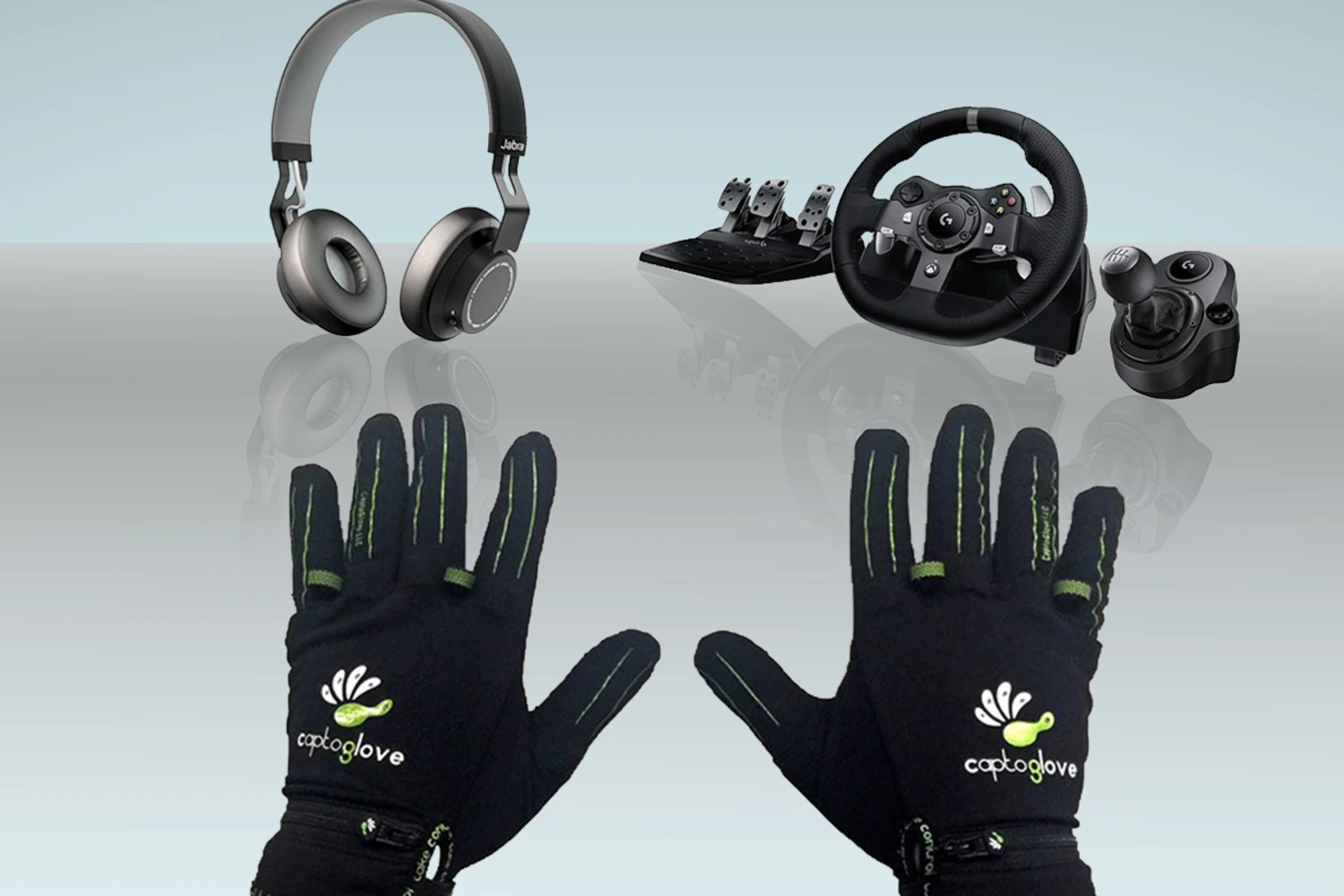Motherboards serve as the central hub that integrate essential components like CPUs, GPUs and RAM enabling seamless collaboration and optimized system operation. They also provide key connectivity features like USB ports and audio jacks enabling you to connect peripheral devices.
BIOS or UEFI is firmware on motherboards enabling hardware initialization and configuration. They are available in various form factors to fit your computer case.
Power
A motherboard is the central circuit board that connects and regulates all devices inside a computer system. This includes a processor, memory, storage, and peripherals. It also houses a microprocessor-based BIOS that is responsible for initializing hardware and adjusting system settings during boot up.
While there are many different sizes of motherboards, most have similar features. For example, all motherboards support a single or twin processor configuration and have expansion slots for other components. Some models may feature addressable RGB headers that can display multiple colors with customizable effects.
For the best performance, a motherboard should be powered by an efficient power supply. Online calculators can help determine a suitable wattage range for your system. However, it’s also important to check the motherboard specifications or manufacturer website for a specific wattage recommendation. For example, a system with a mid-range GPU and plenty of RAM should work well with a 500 to 650-watt PSU.
Connectivity
Motherboards act as the critical bridge that permits various computer components to communicate and function as a single unified device. They receive and decipher signals sent over buses, which contain data encoded in a language the motherboard can understand (1 and 0).
They house the central processor unit (CPU), which translates instructions from software into hardware actions and moves voltage throughout the system. They also provide slots for connecting other modular parts and expansion cards via wires or cables.
These connectors, which are referred to as pin headers, can provide USB connectivity, button functionality and more. The individual pins on these connections are keyed so that a connector can only be plugged in one way and cannot be accidentally turned around or inserted with the wrong orientation.
Some motherboards include built-in Wi-Fi and Bluetooth capabilities. These options enable users to reduce cable clutter in premium computer setups, as they can connect wirelessly to devices like keyboards, headphones and speakers.
Memory
Memory capacity is a big factor when building your computer, as it determines how fast you can run programs and process data. Most modern motherboards have four to six slots where you can install RAM for use by the computer system. The maximum amount of RAM that you can add to your computer has a lot to do with how many free memory slots are available and the maximum memory capacity of your operating system.
Motherboards can also have expansion slots for adding devices like sound cards and LAN (Local Area Network) cards. Some modern motherboards also have built-in audio processing chips for better quality sound and more sound channels.
Whether you’re upgrading your old desktop or building a new PC from scratch, it’s important to know that the motherboard and RAM are compatible. You can find out if your motherboard supports the kind of RAM you’re planning to buy by checking its documentation or using our free System Scanner.
USB
A motherboard has a variety of ports that allow you to connect different hardware devices, such as a USB port for connecting your flash drive or keyboard. Motherboards can come with up to 10 USB ports, depending on the make and model.
A USB connector can carry data and electrical power for various peripherals, such as printers, keyboards, cell phones, and flash drives. USB originally aimed to replace the numerous different connectors for serial and parallel ports used by older computer components.
USB 1.0 was introduced in 1996 with a maximum speed of 1.5 Mbit/sec over 3m of cable. It quickly gained popularity, and most newer computer components come with USB ports. USB 3.0 (SuperSpeed USB) is the current standard, allowing up to 480 Mbit/sec. This allows high-bandwidth devices such as HD cameras and high-resolution webcams to operate more efficiently. It also supports faster transfer rates when paired with compatible motherboards and USB devices.

